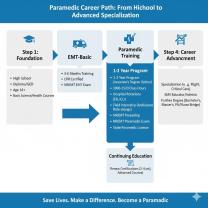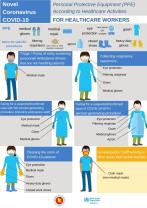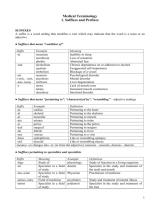How to get certified for medical marijuana?
Obtaining certification for medical marijuana involves several steps, and the specific process can vary depending on your location. However, here is a comprehensive guide outlining the general steps to get certified for medical marijuana:
Step 1: Determine Eligibility
Before seeking certification for medical marijuana, you must determine if you meet the eligibility criteria in your jurisdiction. Eligibility requirements typically include having a qualifying medical condition, being of a certain age, and often, being a resident of the state or country where medical marijuana is legal.
Step 2: Find a Qualified Healthcare Provider
Identify a healthcare provider who is authorized to recommend or certify patients for medical marijuana. This provider may be a physician, nurse practitioner, or another licensed healthcare professional depending on your jurisdiction's regulations.
Step 3: Schedule a Consultation
Contact the chosen healthcare provider to schedule an appointment for a consultation. During the consultation, discuss your medical condition, symptoms, and any previous treatments you've tried. Be prepared to provide your medical history and any relevant medical records.
Step 4: Discuss Medical Marijuana as a Treatment Option
During the consultation, discuss medical marijuana as a potential treatment option with your healthcare provider. Be open and honest about your symptoms and your desire to explore medical marijuana as part of your treatment plan.
Step 5: Receive a Recommendation or Certification
If your healthcare provider determines that medical marijuana is a suitable treatment for your condition, they will provide you with a recommendation or certification. This document is essential for legal access to medical marijuana.
Step 6: Gather Required Documentation
In some areas, you may need to gather specific documentation to accompany your recommendation or certification. Common documents include proof of identity, proof of residency, and any medical records supporting your condition.
Step 7: Register with the Appropriate Authority
Depending on your jurisdiction, you may need to register with a state or local medical marijuana program. This registration process can involve submitting your recommendation or certification, personal information, and payment of fees.
Step 8: Apply for a Medical Marijuana Card
In regions where medical marijuana cards are required, you'll need to apply for one. The application process typically includes submitting your recommendation or certification, along with any necessary documentation, and paying the applicable fees.
Step 9: Await Approval
After submitting your application, it will undergo a review process by the medical marijuana program's authorities. The approval process may take some time, so be patient and check the status of your application as needed.
Step 10: Receive Your Medical Marijuana Card
Once your application is approved, you will typically receive a medical marijuana card or registry identification card. This card is proof of your legal status as a medical marijuana patient.
Step 11: Visit a Licensed Dispensary
With your medical marijuana card in hand, you can visit a licensed medical marijuana dispensary in your jurisdiction. Consult with dispensary staff to select suitable products based on your condition and needs.
Step 12: Follow Program Regulations
Adhere to all regulations and guidelines set forth by your local medical marijuana program. This may include restrictions on the amount of medical marijuana you can possess, where you can use it, and other program-specific rules.
It's important to note that the exact process and requirements can vary widely from one jurisdiction to another, so always consult your local laws and regulations for specific guidance. Additionally, make sure to maintain open communication with your healthcare provider throughout the process to ensure proper guidance and care.











